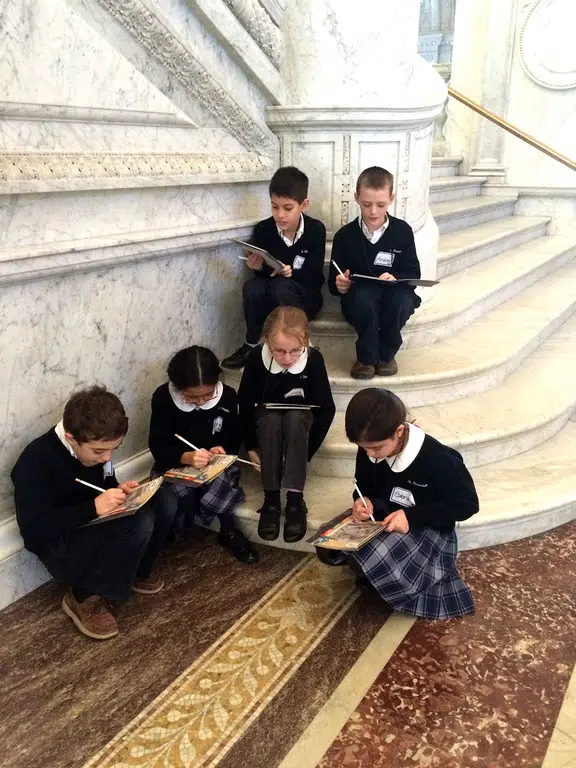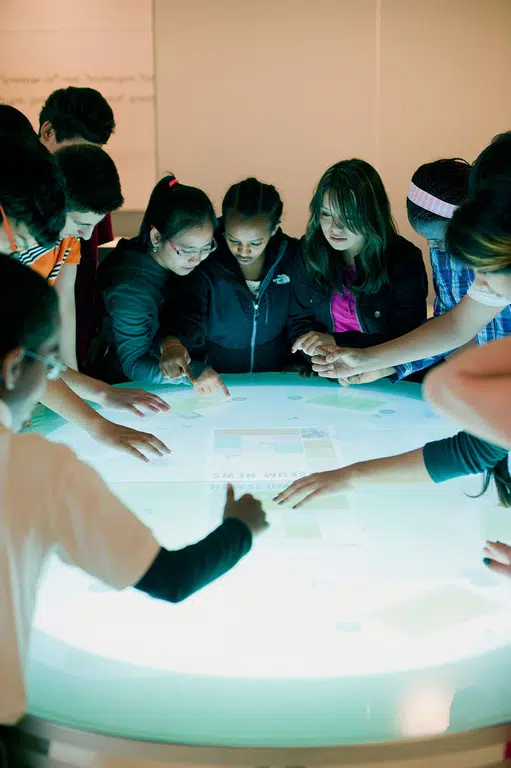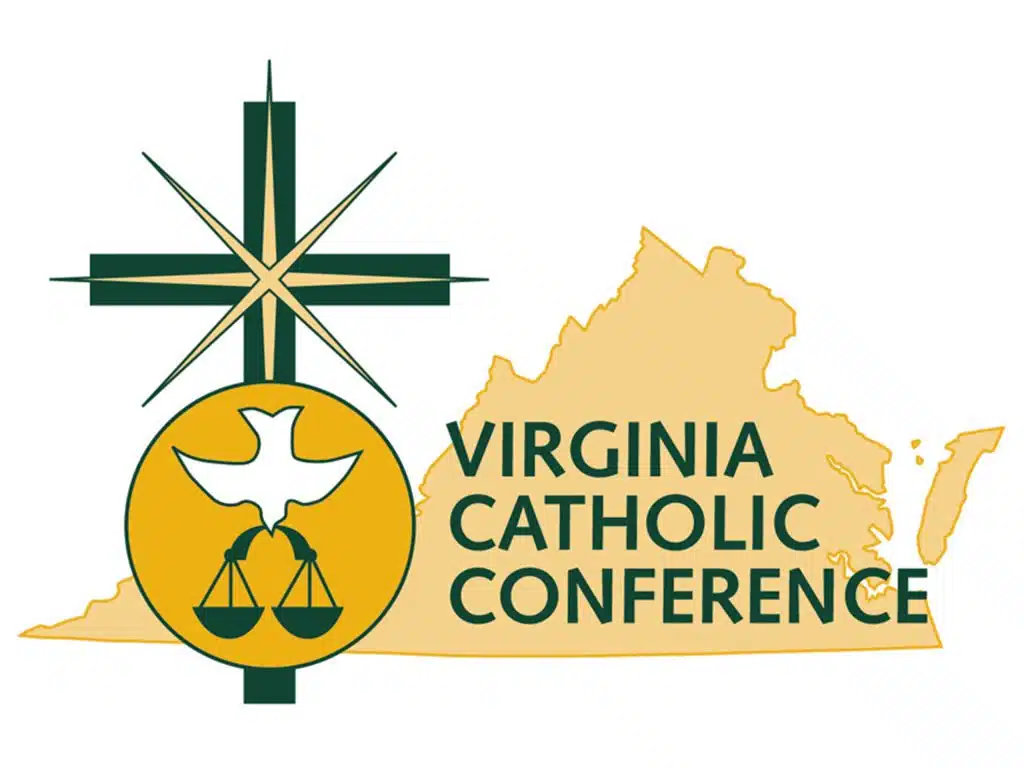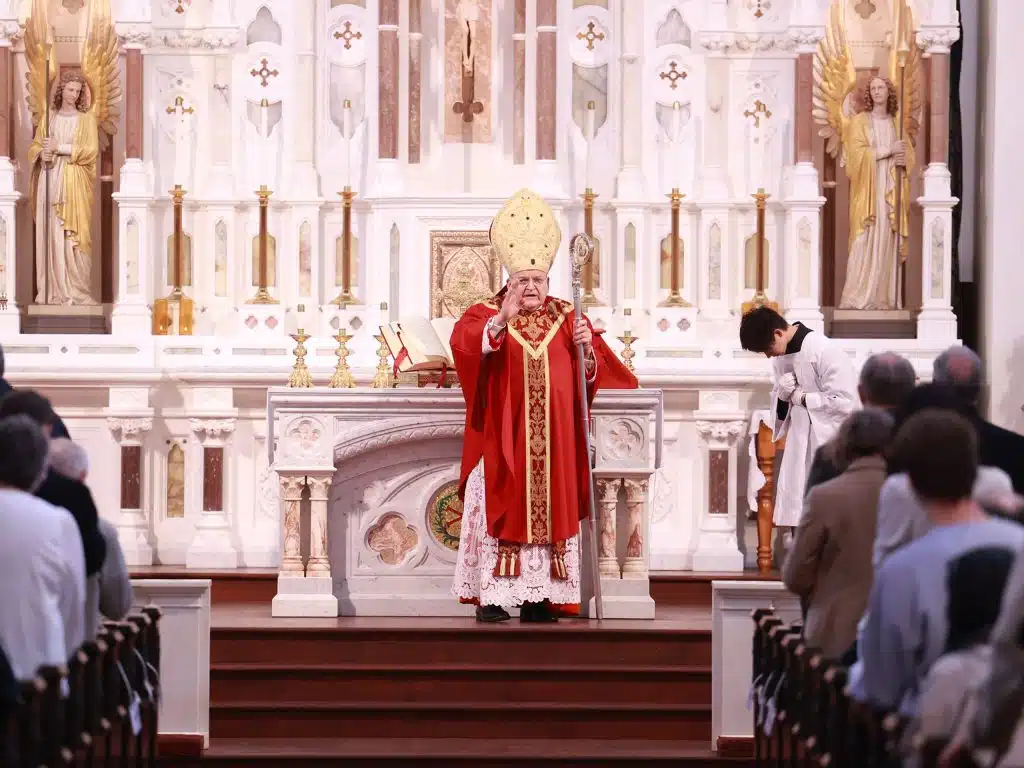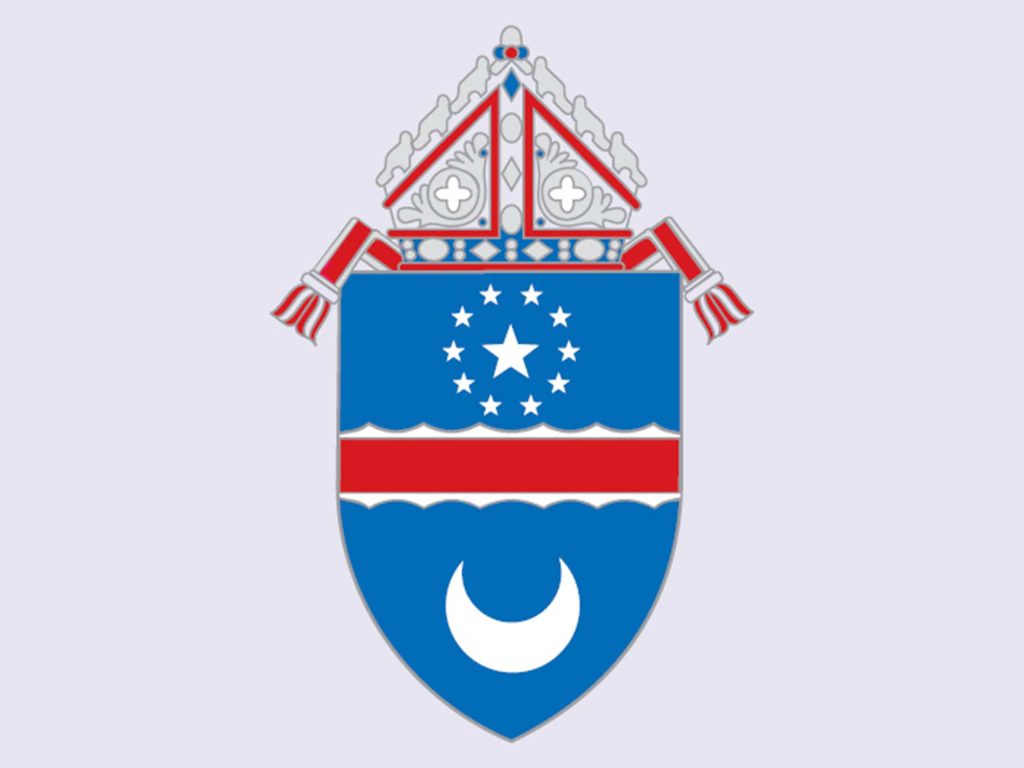Students hopping on school buses to visit museums and zoos
have a long history in the United States and around the
world. The students like them because – well, who doesn’t
like a road trip. And students take them seriously.
The Jerusalem Post reported Jan. 14, that nearly a
half-million Israeli high school students declared a
three-day strike when the Association of Secondary School
teachers canceled all field trips. The teachers’ group wanted
to pressure the education ministry to protect them from
liability for student injuries on school-sanctioned trips.
After one day, the teachers and the education ministry came
to an agreement, and field trips are back.
In the Arlington Diocese, the beloved tradition of the
educational field trip is alive and well, but the destination
is not always museums and zoos.
There is a mixture of religious and secular trips.
At St. Bernadette School in Springfield, Sarah McGarvey
manages the field trip schedule. Garvey said that
fifth-graders visited the Basilica of the National Shrine of
the Immaculate Conception in Washington last October for the
children’s national Holy Hour where students dressed in the
costumes of their ethnic heritage. During Lent,
fourth-graders went to the Franciscan Monastery in Washington
and walked the Stations of the Cross.
Most schools also send a student contingent to the March for
Life held every January on the anniversary of the Roe v. Wade
decision.
Many field trips are science-related.
Nativity School in Burke has a strong science, technology,
engineering and math (STEM) program, so the school likes to
emphasize science as much as possible. On Jan.15, they had an
in-house field trip called STEM engineering assembly, where
they brought in experts to help students build bridges from
sticks and marshmallows.
Principal Maria Kelly said other trips on the schedule
include a visit to a recycling center and the U.S. Naval
Academy in Annapolis.
Kelly also said that eighth-graders have an annual trip to
Junior Achievement’s Finance Park in Fairfax. The park is
designed to teach students to plan and implement a personal
budget.
Finance Park is proving popular with diocesan schools. Last
year’s inaugural field trip drew 13 diocesan schools. This
year the Office of Catholic Schools hopes for more.
Sister Therese Bauer, principal of St. Michael School in
Annandale, said they’ve cut back on field trips because of
the costs of transportation.
In December, four students and a teacher went to a STEM
mentoring class at the Smithsonian’s Natural History Museum
in Washington.
The seventh-grade class takes an annual trip to visit
congress.
Eighth-graders go on an annual field to EDGE at George Mason
University in Fairfax. EDGE (energize, develop, grow and
excel) uses rope courses to help students use physical and
mental prowess to accomplish tasks.
“Students participate in various outdoor activities that
build team work, problem solving and cooperation among team
members as they help one another accomplish given tasks,”
said Sister Therese.
Kathryn Littlefield, principal of Queen of Apostles School in
Alexandria, also is focusing on STEM. They’re taking students
to the Naval Surface Warfare Center in Carderock, Md.
“It’s a great opportunity for the students to experience math
and science,” said Littlefield.
Field trips are not all science. Some have a journalism bent.
St. William of York School in Stafford has an annual trip to
the Newseum in Washington.
Frank Nicely, principal, said that the school’s Panther Post
staff loves the trip. The visit is coordinated by teacher
Rosie Carrington, who said that the Newseum is free for the
students; schools are responsible for transportation.
“(It’s a) big selling point for schools on a budget,” said
Carrington.
Carrington said the students enjoy the opportunity to play
real reporters and to have their reporting taped and saved on
the Newseum’s website for later viewing.
Students also like the opportunity to see the front page of
newspapers from around the world, including the Catholic
Herald.
Whether it’s a shrine, museum, recycling center or a finance
park, the Washington area is rife with opportunities for
educational field trips, especially free or inexpensive ones
just a bus ride away.
